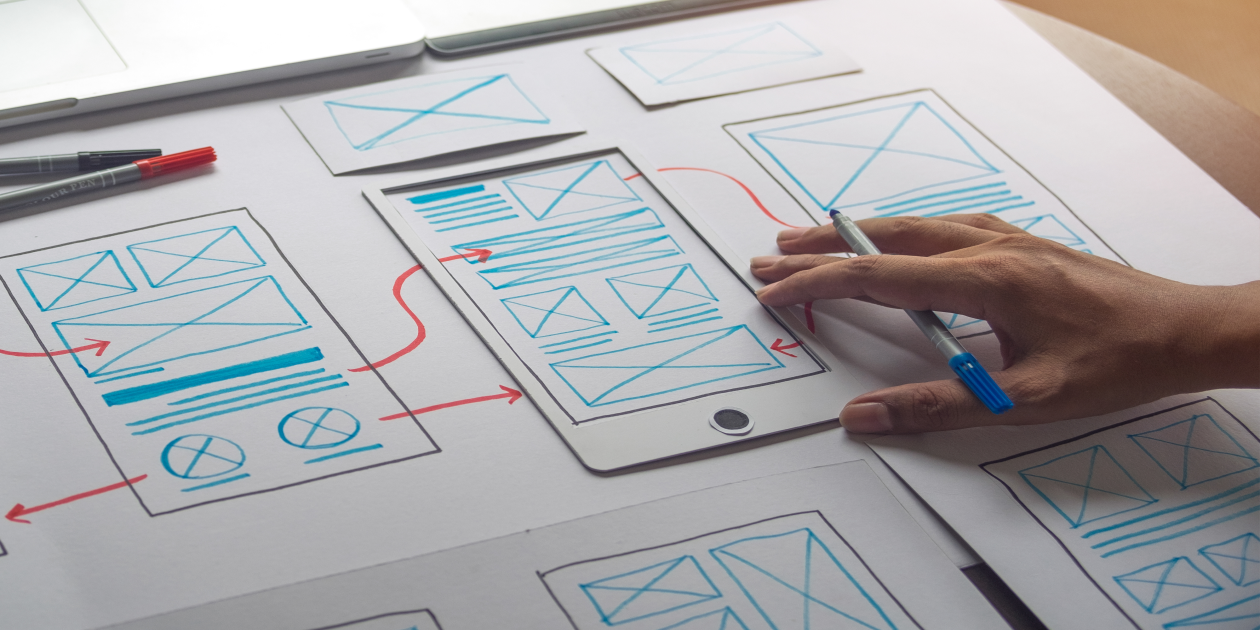
Looking to start a new development project? Whether that’s the next-gen version of a product or an application being built from scratch, we recommend including software prototyping early in your process. It involves producing a scaled-down version of a product to demonstrate to stakeholders, end-users, and an internal team what pieces of functionality will look like, how someone can interact with them, and any potential problems with the proposed design.
Prototyping is a relatively quick and inexpensive process that offers significant benefits for application development. Here are six fundamental ways it helps development teams create better products while driving down costs.
1. Helps Gain Buy-In and Validate Ideas
If you’re still in the process of trying to obtain budget for a project, a great way to help your stakeholders visualize the product and show value early on is to start with a low-investment, low-risk prototype phase. You can put your prototype in front of real users to validate your ideas and designs to ensure the product fits a need and is feasible to build before jumping into development.
2. Aligns Teams Around the Objective
A successful development project requires that everyone involved has a clear picture of what needs to be accomplished. Once you get the green light on a project, your prototype will be a visual aid that ensures everyone is talking the same language and understands what is proposed and planned.
3. Encourages Questions Up Front
Once your developers see the prototype, the cogs in their brain will start turning as they plan how to accomplish the project. As a result, they’ll formulate questions that are better asked upfront then halfway through the development cycle. The questions could be as simple as how certain text is populated or more detailed to delve into some business knowledge you may have overlooked. Developers’ questions could help identify problems or gaps with the system before it's too late and the code is already live.
4. Creates a Comprehensive Project Plan
Prototyping forces you to plan the details of your project in great depth. You get into the nitty-gritty, such as which button goes where and what each button does. A better understanding of the product before development gives stakeholders and developers a clear path forward so they can create a detailed and successful plan of attack.
5. Minimize Surprises and Code Rework
With a comprehensive project plan, developers are less likely to have surprise requirements come up, forcing code revisions. Applications can quickly become complex, involving several layers like databases, services, and a front-end interface. When a developer must refactor code, it could entail rewriting one or more of these layers and ensuring they all still work correctly together, resulting in a very time-consuming process.
6. Saves Time and Money
We all know development time is costly. Starting with a prototyping phase allows you to receive accurate feedback from stakeholders and end-users early on, minimizing confusion when it’s time to begin coding. Getting these answers and catching mistakes upfront is critical – they’ll only cost you more in the long run.
There are several programs available for rudimentary prototyping (some options include Balsamiq and InVision). You can also choose to invest in a design phase to flesh out full-scale concepts, complete with design and UX. Regardless of technique, prototyping is one of the easiest ways to save time, money, and unneeded frustration during a project. Contact one of our experts if you need help getting started.
